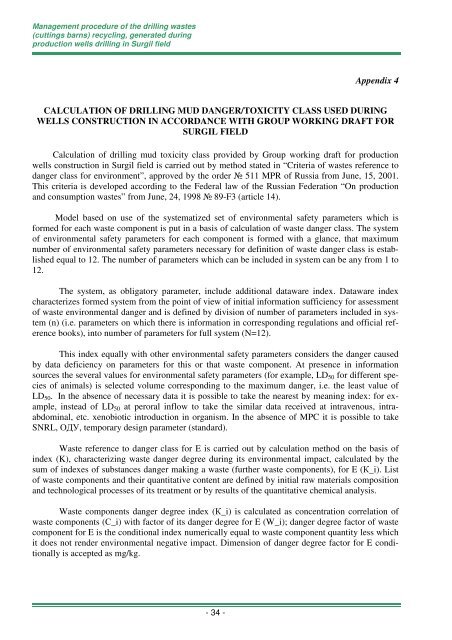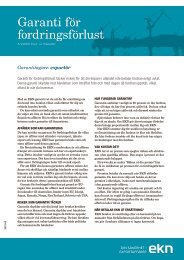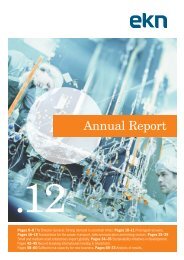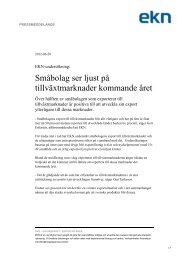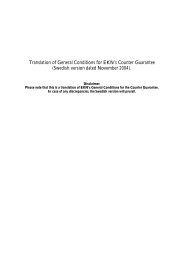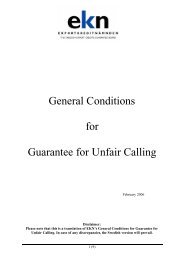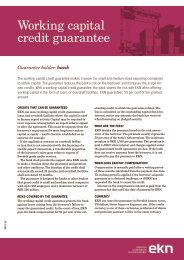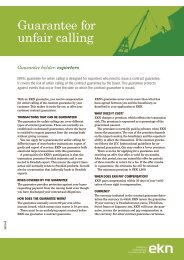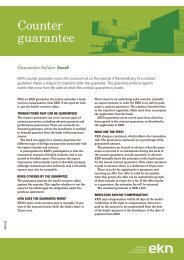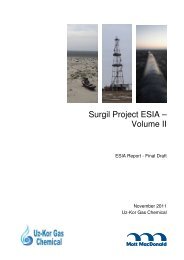Surgil ESIA Report - Volume III - EKN
Surgil ESIA Report - Volume III - EKN
Surgil ESIA Report - Volume III - EKN
You also want an ePaper? Increase the reach of your titles
YUMPU automatically turns print PDFs into web optimized ePapers that Google loves.
Management procedure of the drilling wastes<br />
(cuttings barns) recycling, generated during<br />
production wells drilling in <strong>Surgil</strong> field<br />
Appendix 4<br />
CALCULATION OF DRILLING MUD DANGER/TOXICITY CLASS USED DURING<br />
WELLS CONSTRUCTION IN ACCORDANCE WITH GROUP WORKING DRAFT FOR<br />
SURGIL FIELD<br />
Calculation of drilling mud toxicity class provided by Group working draft for production<br />
wells construction in <strong>Surgil</strong> field is carried out by method stated in “Criteria of wastes reference to<br />
danger class for environment”, approved by the order № 511 MPR of Russia from June, 15, 2001.<br />
This criteria is developed according to the Federal law of the Russian Federation “On production<br />
and consumption wastes” from June, 24, 1998 № 89-F3 (article 14).<br />
Model based on use of the systematized set of environmental safety parameters which is<br />
formed for each waste component is put in a basis of calculation of waste danger class. The system<br />
of environmental safety parameters for each component is formed with a glance, that maximum<br />
number of environmental safety parameters necessary for definition of waste danger class is established<br />
equal to 12. The number of parameters which can be included in system can be any from 1 to<br />
12.<br />
The system, as obligatory parameter, include additional dataware index. Dataware index<br />
characterizes formed system from the point of view of initial information sufficiency for assessment<br />
of waste environmental danger and is defined by division of number of parameters included in system<br />
(n) (i.e. parameters on which there is information in corresponding regulations and official reference<br />
books), into number of parameters for full system (N=12).<br />
This index equally with other environmental safety parameters considers the danger caused<br />
by data deficiency on parameters for this or that waste component. At presence in information<br />
sources the several values for environmental safety parameters (for example, LD 50 for different species<br />
of animals) is selected volume corresponding to the maximum danger, i.e. the least value of<br />
LD 50 . In the absence of necessary data it is possible to take the nearest by meaning index: for example,<br />
instead of LD 50 at peroral inflow to take the similar data received at intravenous, intraabdominal,<br />
etc. xenobiotic introduction in organism. In the absence of MPC it is possible to take<br />
SNRL, ОДУ, temporary design parameter (standard).<br />
Waste reference to danger class for E is carried out by calculation method on the basis of<br />
index (K), characterizing waste danger degree during its environmental impact, calculated by the<br />
sum of indexes of substances danger making a waste (further waste components), for E (К_i). List<br />
of waste components and their quantitative content are defined by initial raw materials composition<br />
and technological processes of its treatment or by results of the quantitative chemical analysis.<br />
Waste components danger degree index (К_i) is calculated as concentration correlation of<br />
waste components (С_i) with factor of its danger degree for E (W_i); danger degree factor of waste<br />
component for E is the conditional index numerically equal to waste component quantity less which<br />
it does not render environmental negative impact. Dimension of danger degree factor for E conditionally<br />
is accepted as mg/kg.<br />
- 34 -


